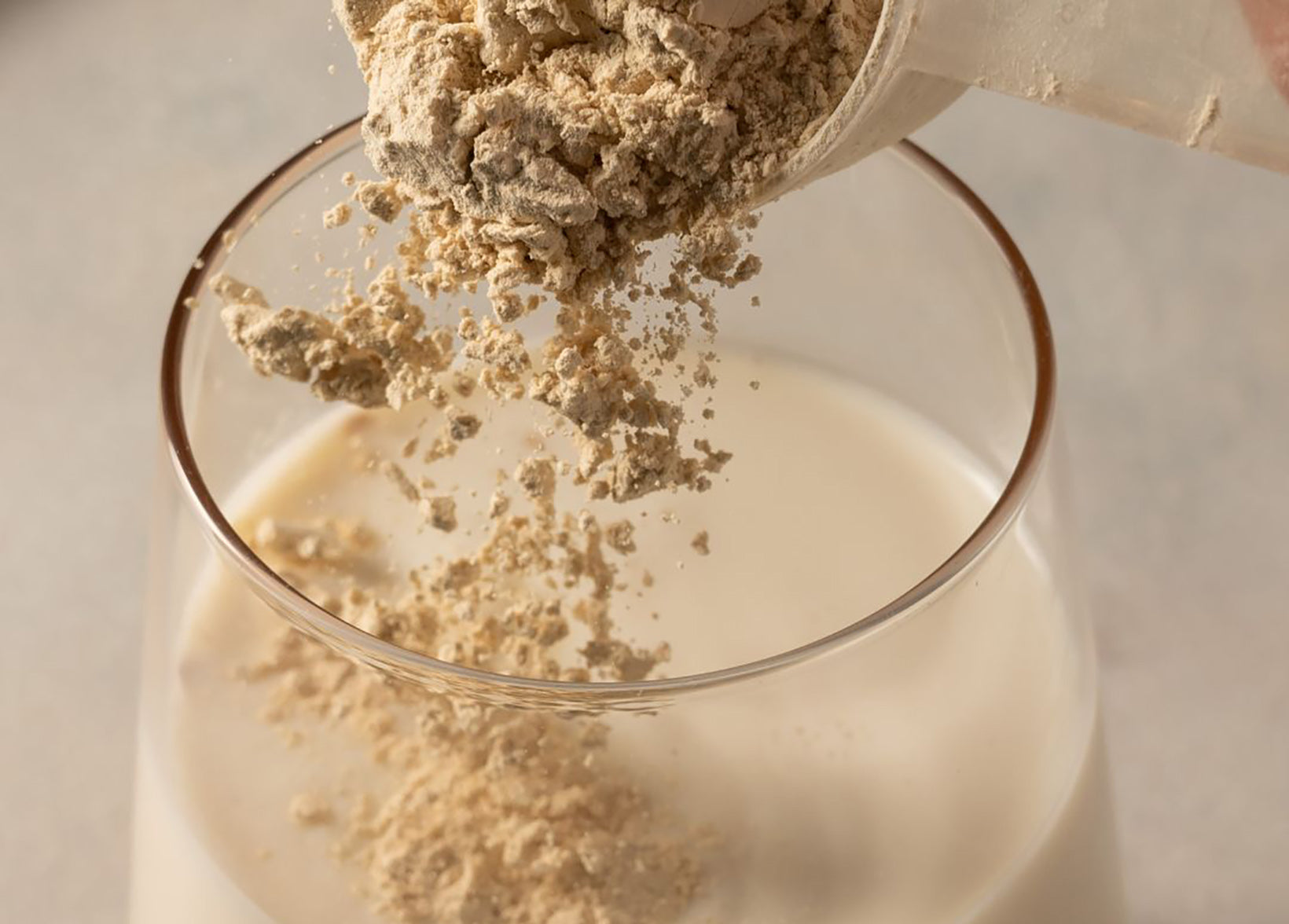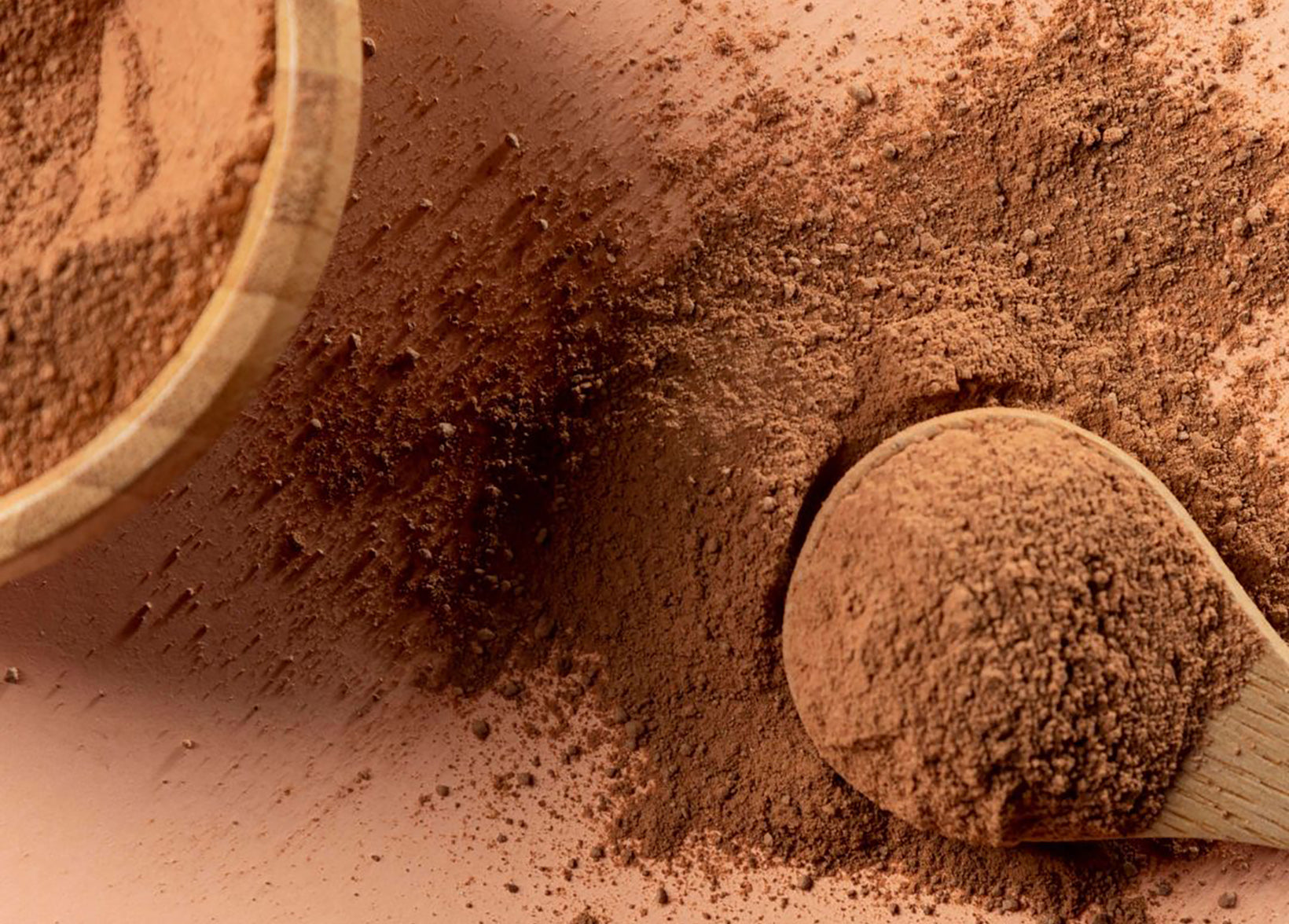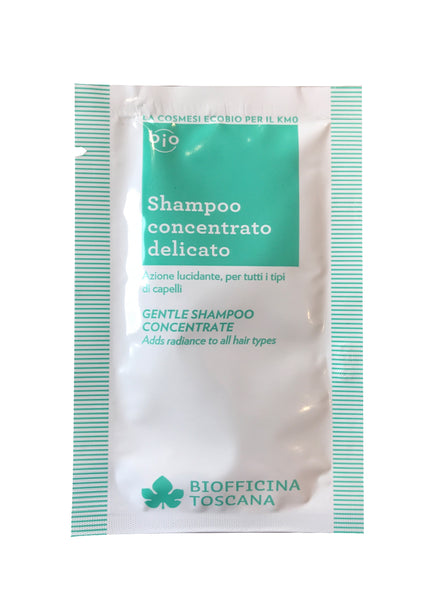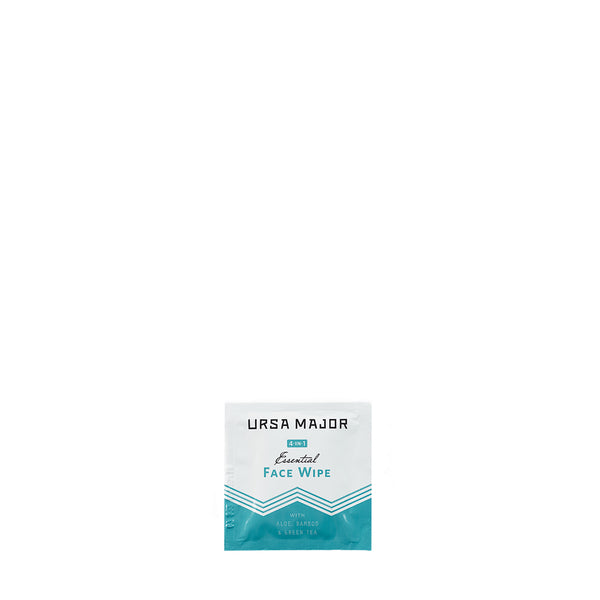Recent Articles
A guest post from Dr. Natalie Lindner
Summer season often means showing off glowing, sun-kissed skin — and we often reach for our razors more frequently, too. So we thought we’d ask one of our favorite body care gurus, Dr. Natalie Lindner, to give us her top tips for a smooth shave that leaves you with skin that’s soft and soothed (not red, bumpy, or irritated). Read on for her list of must-dos.

Achieving a smooth shave involves more than just using a sharp razor. It's essential to prepare your skin properly and use the right techniques for a gentle and effective shave. Here are some tips for a smooth shaving experience:
1. Exfoliate regularly: Exfoliating before shaving helps remove dead skin cells, dirt, and oils, which can clog your razor and cause irritation. While using a brush is one option, you can also opt for a gentle exfoliating lotion — that is very easy to incorporate in your routine. Apply the smooth body lotion in circular motions, focusing on the areas you plan to shave. The lactic acid will remove all dead skin cells and make your skin extra soft.
2. Start with a warm shower: Taking a warm shower before shaving helps soften the hair follicles and opens up the pores, making it easier for the razor to glide smoothly across the skin. The warm water also helps to hydrate and soften the skin, reducing the risk of irritation and razor burn.
3. Cleanse your skin gently: Use a gentle cleanser or body wash to cleanse your skin thoroughly. This step removes any dirt, oils, or sweat that may have accumulated on your skin, allowing for a closer shave. Choose a cleanser that suits your skin type and is free from harsh chemicals or fragrances that can irritate your skin.
4. Use a sharp razor: A sharp razor is crucial for a smooth shave. Dull blades can tug at the hair, leading to irritation and uneven results. Replace your razor blades regularly or use a cartridge razor with disposable blades. For safety razors, replace the blades when they become dull or after 5-7 uses.
5. Apply a shaving cream or gel: A good-quality shaving cream or gel provides a protective barrier between your skin and the razor, reducing friction and preventing irritation. Look for products that are designed for sensitive skin or contain moisturizing ingredients like aloe vera or shea butter. Apply a thin, even layer to the area you want to shave.
6. Shave with light pressure: When shaving, use gentle and light pressure on the razor. Avoid pressing too hard, as this can cause razor burn, cuts, or ingrown hairs.
7. Apply the right calming after-care: I love mixing our Hydration Body Gel (filled with ultra calming organic aloe vera, arnica and chamomile) and our Calm Body Oil together, and applying the blend on slightly damp skin after showering and especially after shaving.
- Dr. Natalie Lindner



















